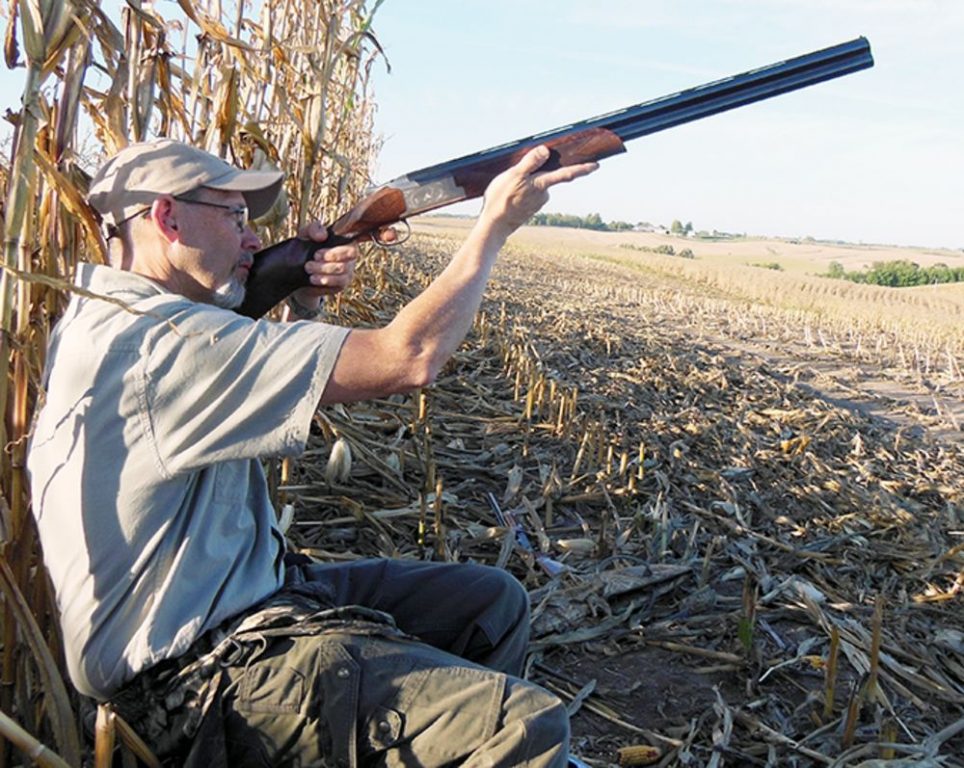
A lot of people are under the impression that shooting rifles and shotguns involve the same underlying techniques. Nothing could be further from the truth, and unfortunately, people learn the hard way after they’ve been out in the field and experienced poor results. However, the proper techniques are easy to learn, and all it takes is a couple of practice runs to start getting the hang of things. Here are a few tips that can help you to get your bird hunting attempts off to a good start.
Use Good Ammo
While techniques are important, so is using good ammunition, and shotguns shells are not created equally. Not only is it important to choose the size of shot that is most-appropriate for the birds you’re trying to hit, but the ammo should be produced by a reputable manufacturer. You may pay a little bit extra for the brand names, but you’ll also get ammo that deploys, spreads and penetrates targets with greater force and accuracy.
Proper Stance
As a general rule of thumb, position your feet apart at about shoulder length, with the toes on your dominant foot pointing toward the target. This will help you to have a stable stance while being able to pivot your upper body and arms in an accurate and controlled manner. This will translate into more accurate shooting while also placing less strain on your body as you hunt.
Swing as You Raise the Gun
You want to swing your torso in the direction of the target at the same time you’re grabbing and raising the gun. This technique will help you to develop better aim while conditioning your muscles to remember these movements. Muscle memory is important because it will allow you to focus on tracking the target while the body follows suit without a lot of conscious effort on your part.
Carrying the Gun
Avoid carrying the gun looped over one shoulder while your free, dominant hand is dangling along. This popular way of walking with a shotgun actually inhibits quick mounting and tracking, and you can easily lose the chance to fire at your target while you fumble with getting everything set up for the shot. Instead, carry the weapon across your chest, with the butt pressed against your shoulder and the open end across the side where your dominant free hand is. Hold on to the muzzle with your hand, and this will not only make it easier to grab and train the weapon on your target, but it will also make it safer if you fall or drop the weapon as you walk.
Don’t Wait for the Perfect Shot
One of the biggest mistakes that people make is that they try to follow the target after mounting the weapon before getting off a shot. It’s better to get in the habit of turning the torso and lifting the weapon while training the shot and immediately firing once the weapon is in position. You will have a lot of misses before you start scoring hits. However, over the long-run, your body will instinctively know what to do and where to aim, and chances are that you’ll be more successful as a result.
Flex Those Muscles
Finally, make sure that you stretch and are loosened-up before you start hunting. This will help to reduce strain and possible injury as you twist and turn and contort your body while on the hunt. It will also help you to become a more-steady and limber shot that can result in better accuracy. Tense muscles also have a tendency to recoil, and parts of your body may end up tightening up and pulling back into position just as you’re getting off a shot, and this can contribute to a lot of misses.
Another helpful tip is to practice shoot indoors while having a friend shine a flashlight across the ceiling. This will save you money compared to practicing with skeets all the time, and it’s a great way to develop better coordination, muscle memory, and the beam of a flashlight can represent more-accurate flight patterns of birds as well.
At the end of the day, using a shotgun for hunting fowl isn’t that difficult as long as you practice using appropriate techniques. Hopefully these tips will get you off to a good start, and you’ll be well on the way to becoming a successful hunter before you know it.
